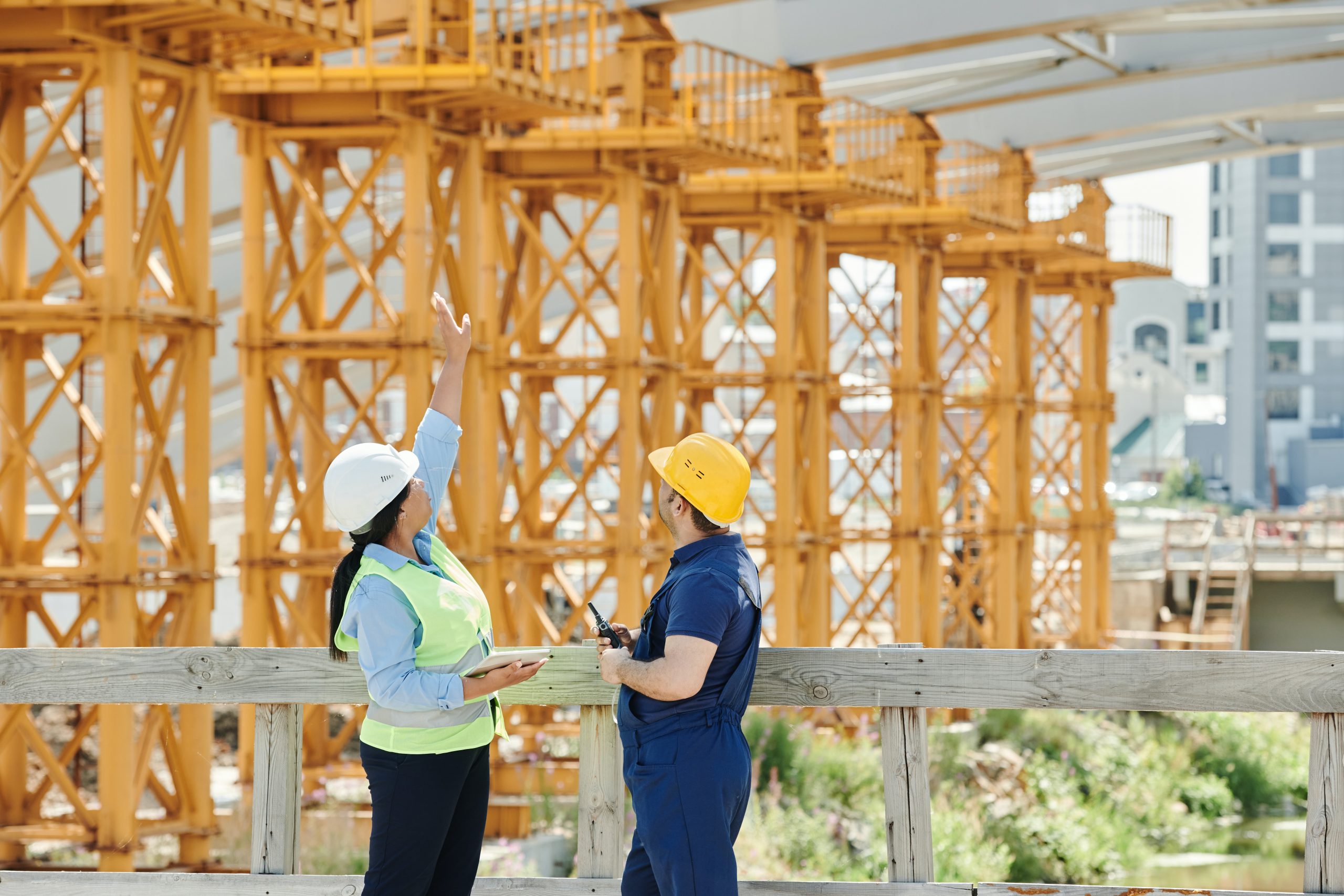If you work in the construction industry, you may have heard of CDM, but what does it mean and why is it so important? In this blog post, we’ll be exploring the CDM meaning and purpose within the construction field, detailing what it stands for, why it’s important, and the potential benefits provided by applying it correctly.
We’ll also look at the potential risks of not following the CDM regulations, so you can make sure you remain compliant when it comes to construction safety and quality control.
What Is The Meaning Of CDM?
CDM stands for Construction Design and Management, and is a regulatory framework which was established in the UK as part of the Health and Safety at Work. It defines roles and responsibilities for construction safety management of all types of building related activities and civil engineering works.
It is designed to reduce the risk of injury and ill health to those involved in construction work. CDM Coordinators will advise a project team on how to better manage safety on construction sites and ensure that the necessary safety and health standards are met.
CDM applies to all construction projects, no matter the size, and is the responsibility of the principal contractor and the client. The regulations set out a number of requirements that must be met.
The CDM regulations demand compliance with other health and safety regulations, not just concerning duty holders, but also welfare requirements and general rules applicable to all building sites, such as security, traffic, emergency procedures, and lighting.
Benefits Of Complying With CDM Regulations In Construction Projects
For example, preparatory work must take place before any construction project, to ensure that any potential hazards are understood and suitable measures are put in place to manage them. Construction activities should also be planned and organised in a way which minimises any associated risks.
CDM also requires clients to appoint a CDM Coordinator from the start of a project, who is responsible for monitoring safety during construction. This means that, for larger projects, the CDM Coordinator may be supported by health and safety advisors, who ensure that everyone is aware of the risks associated with the project, and suitable measures are taken to reduce those risks.
Overall, CDM is integral to the successful delivery of projects in the construction industry, as it helps ensure that everyone working on the project, from the client and the design team to the principal contractor, behaves responsibly, and follows the safety processes which have been put in place.
CDM Requirements
Are you having work done on your home? CDM requirements are applicable to domestic projects as well. Although domestic clients do not have the same obligations as those of commercial entities or businesses, this does not mean CDM should not be factored in.
If you are a contractor or designer working for a domestic client, you can in fact be subject to additional CDM responsibilities.
The principal contractor is in overall control of health and safety at the construction phase. This means providing health and safety information to those involved in construction, making sure the construction phase plan is suitable, coordinating activities and controlling the works, making sure contractors comply with their duties.
For any construction project, a client, designer, and contractor all have their respective duties. Should there be multiple contractors or a subcontractor, it is necessary to assign the roles of a principal designer and contractor.
The principal designer is in charge of overseeing health and safety during the pre-construction phase and the principal contractor is in control of the safety during the construction phase. They have this responsibility, in addition to their job role duties.
The Potential Risks Of Not Following The CDM Regulations
Failure to comply with the Construction (Design and Management) Regulations 2015, can lead to criminal prosecution. Such proceedings can result in an unlimited financial penalty and up to two years imprisonment for an individual or, a corporate fine can be imposed of up to an unlimited amount.
Not following the regulations exposes all parties involved to substantial health and safety risks, including a heightened threat of injury, illness or even death resulting from a construction project.
Furthermore, non-compliance can have a huge financial impact on a company in terms of both time and money, due to potential fines, unexpected project delays and raised insurance premiums.
The repercussions of not following the regulations can ripple throughout the industry and in the worst-case scenario, lead to accidents and loss of life, legal action and hefty fines.
On top of this, companies may experience substantial reputational damage if their negligence was to become public knowledge. As such, it is imperative for all businesses involved in design, construction and management to adhere to the regulations laid out in the CDM.
Conclusion
CDM is an essential part of meeting health and safety standards in the construction industry. It can help to ensure suitable measures are taken to reduce risks, as well as providing clarity of roles and responsibilities throughout the process. Implementing CDM correctly can help to keep everyone involved in a construction project safe and compliant, while reducing the likelihood of accidents, illness or death occurring.
Ultimately, the emphasis on ensuring compliance with CDM can help to make construction projects both safer and more efficient for everyone.







